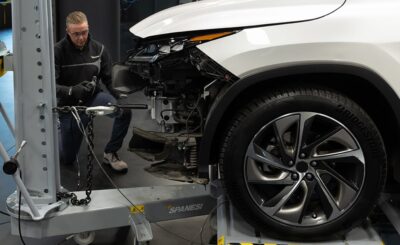Power windows, a ubiquitous convenience in modern vehicles, rely heavily on the health and functionality of the car’s electrical system. They’re not simply isolated components; rather, they’re intricately woven into the vehicle’s electrical network. Understanding this relationship is crucial for diagnosing and addressing window malfunctions, ensuring a comfortable and safe driving experience. Without a healthy electrical system, the simple act of lowering or raising a window can become a frustrating ordeal.
Power Windows: A Basic Electrical Overview
At its core, a power window system consists of several key components: a motor, a regulator, a switch, wiring, and a control module. The motor converts electrical energy into mechanical energy, driving the regulator which, in turn, moves the window glass up and down. The switch acts as the user interface, directing power to the motor in the desired direction. Wiring serves as the conduit for electricity, connecting all components. Any interruption or fault in this circuit can lead to window failure. When a driver presses the window switch, they are essentially completing a circuit, allowing electricity to flow from the car’s battery, through the fuse box, and into the window motor.
Common Electrical Causes of Window Malfunctions
Several electrical issues can disrupt the smooth operation of power windows. A blown fuse is the most common culprit, often caused by a power surge or short circuit in the window motor or wiring. Corroded or loose wiring connections can also impede current flow, resulting in intermittent or complete window failure. A faulty window switch is another potential cause, preventing the circuit from being completed when pressed. In some cases, the motor itself can fail due to wear and tear or electrical damage, requiring replacement.
Diagnosing Electrical Issues: A Step-by-Step Approach
When troubleshooting a power window issue, start with the basics. Check the fuse associated with the window system; a blown fuse is easily identifiable and replaceable. Next, inspect the wiring for any signs of damage, corrosion, or loose connections. Use a multimeter to test voltage and continuity at the switch and motor, verifying that power is reaching these components. If power is present but the motor isn’t working, the motor itself may be faulty. If the car has a body control module, a scan tool can be used to read diagnostic trouble codes and verify proper communication. For expert assistance with power window issues, consider Auto Repair in Troy, Oh for reliable service.
Conclusion
Power window lifetime and dependability depend on preventive maintenance. Check wire for wear and damage and fix it immediately. Avoid overloading the electrical system with power-hungry aftermarket items. For unexpected behaviour like delayed window functioning or intermittent failures, visit a competent mechanic to diagnose and fix the electrical problem before it worsens. You can keep your vehicle safe and functioning by learning how power windows work with the electrical system.








